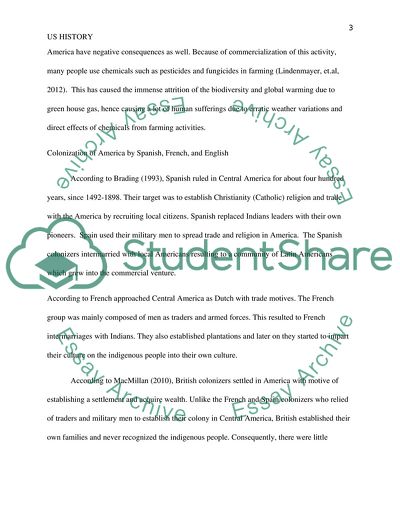Cite this document
(Political Institutions after Independence in America Essay Example | Topics and Well Written Essays - 3500 words, n.d.)
Political Institutions after Independence in America Essay Example | Topics and Well Written Essays - 3500 words. https://studentshare.org/history/1795477-us-history-1
Political Institutions after Independence in America Essay Example | Topics and Well Written Essays - 3500 words. https://studentshare.org/history/1795477-us-history-1
(Political Institutions After Independence in America Essay Example | Topics and Well Written Essays - 3500 Words)
Political Institutions After Independence in America Essay Example | Topics and Well Written Essays - 3500 Words. https://studentshare.org/history/1795477-us-history-1.
Political Institutions After Independence in America Essay Example | Topics and Well Written Essays - 3500 Words. https://studentshare.org/history/1795477-us-history-1.
“Political Institutions After Independence in America Essay Example | Topics and Well Written Essays - 3500 Words”. https://studentshare.org/history/1795477-us-history-1.


